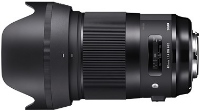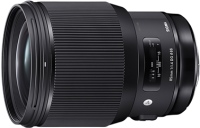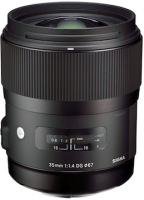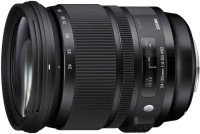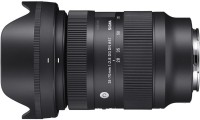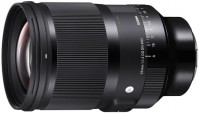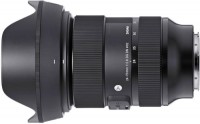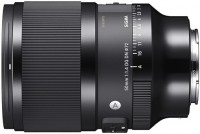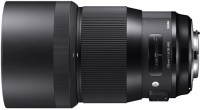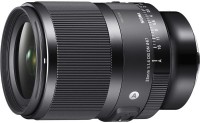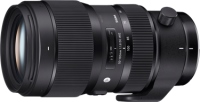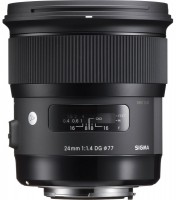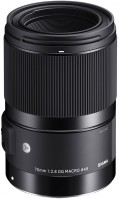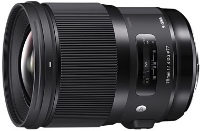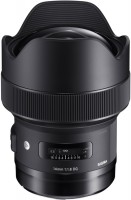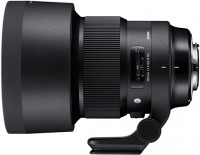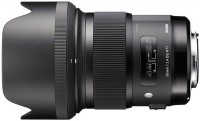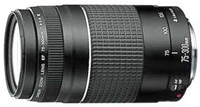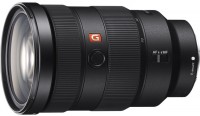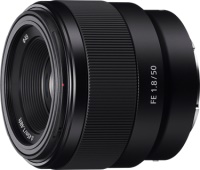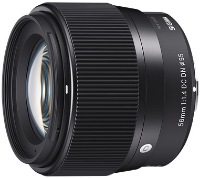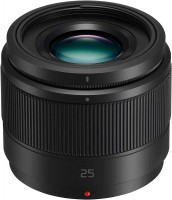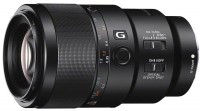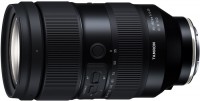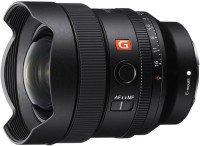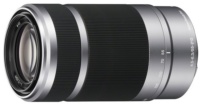Sigma 20mm f/1.4 Art HSM DG
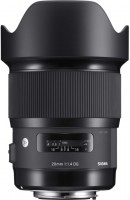 |
Sigma 20mm f/1.4 Art HSM DG | |||||||||||||||||||||||||||||||||||
| |||||||||||||||||||||||||||||||||||
Always clarify the specifications and configuration of the product with the online store manager before purchasing.
Catalog Sigma 2025 - new arrivals, bestsellers, and the most relevant models Sigma.
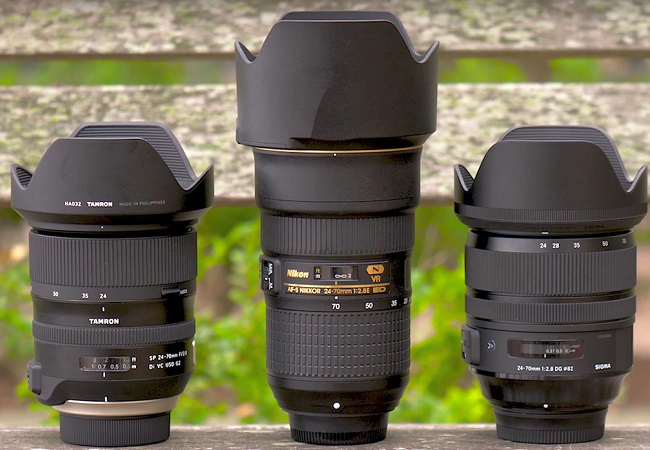

Buy Sigma 20mm f/1.4 Art HSM DG
All prices 7 →20mm F14 Art DG HSM for Sony E 412965 | $729.95 | ||||
Sigma 20mm f/1.4 DG HSM ART Lens for Canon EF 412954 | $548.00 | ||||
Sigma 20mm f/1.4 DG HSM ART Lens for Nikon F 412955 | $899.00 | ||||
Sigma 20mm f/1.4 DG HSM ART Lens for Nikon F with Accessories Kit 412955 A | $899.00 | ||||
Sigma 20mm f/1.4 DG HSM Art Lens for Sony E, Black 412965 | $899.00 | ||||
Sigma 20mm f/1.4 DG HSM ART Lens for Sony E with Free Accessories Kit 412965 A | $899.00 | ||||
Sigma 20mm f/1.4 DG HSM ART Lens for Sony E with Premium Accessories Kit 412965 B | $994.97 | ||||
Due to their nature, wide-angle lenses can suffer from distortion. Fortunately, this does not apply to the Sigma 20mm f/1.4 DG HSM Art — it is practically not subject to distortion.
Uniqueness
Possessing a maximum aperture of f/1.4, unique as for wide-angle optics, the lens has no analogues among other manufacturers. Do not think, 20mm primes exist (Nikon 20mm f/1.8G ED AF-S Nikkor, Canon EF 20mm f/2.8 USM), but they are at least half a head lower than the representative of the Art series from Sigma and are available only for their own systems
Assembly
The optical scheme of the lens is securely enclosed in a strong metal case, so you should not worry about its safety. In addition to the whole system of lenses, the design has an ultrasonic autofocus drive. There is only one control on the body — this is a mechanical AF / MF focus mode switch. To facilitate orientation during manual focus, the photographer has access to a distance scale, which is traditionally marked in metres and feet.
Element
The lens draws beautiful bokeh, which, in principle, is not typical for wide-angle optics. But his main element is shooting landscapes and architecture. The greatest depth of field is achieved in the aperture range f / 4-5.6. Covering up to these values, you can get a sharp picture across the entire field of the frame. The only thing that causes criticism is the convex shape of the front lens. Because of this, it will not be possible to hang a classic light filter on the lens that would protect it from scratches or allow you to convey the entire dynamic range of the scene when shooting landscapes at dawn or sunset.
Help. Distortion is an optical effect in which geometric distortions of lines in the image are observed. It often appears when shooting with wide-angle optics and is divided into two types: pincushion (concave lines) and barrel (convex lines). To combat distortion, all kinds of software functions are used, both built into the camera and available in photo editors.

